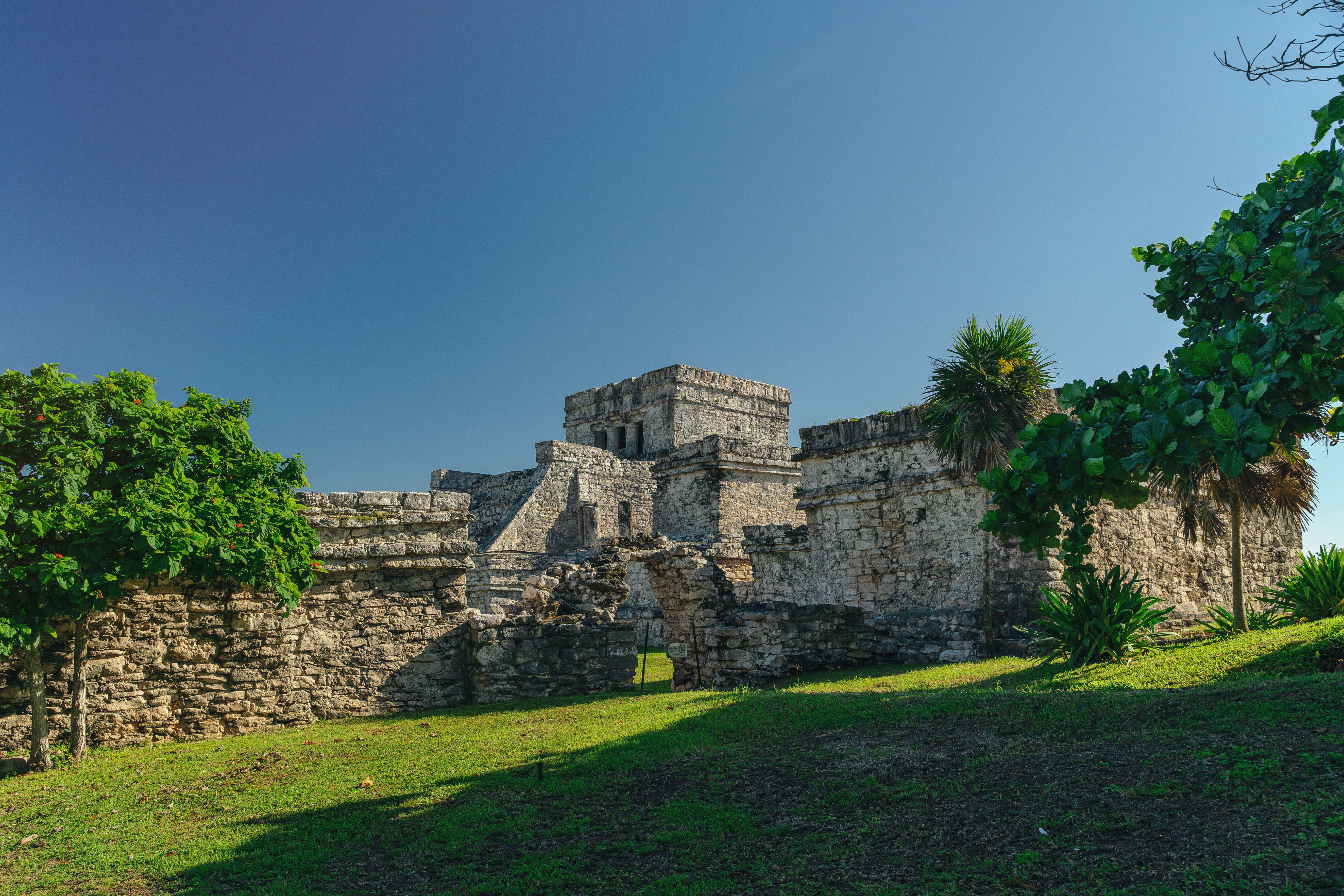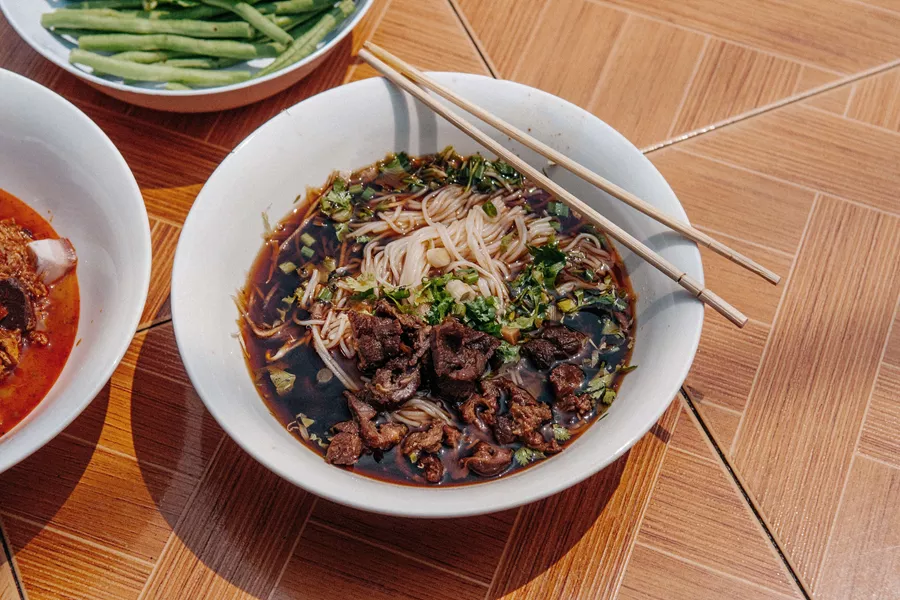Mexican etiquette is strongly informed by the culture of social hierarchies and distance. These can exist along the lines of race and gender, but class distinctions regulate social interaction most decisively. It goes without saying that the different social hierarchies frequently run parallel. Generally speaking, Mexicans shake hands when they meet or in the case of two women meeting or a man and a woman meeting, kiss each other on the cheek once. In the case of close friends and on special occasions, such as New Year's Eve, Mexican men and women embrace each other, pat each other gently on the back, and then shake hands. This abrazo expresses confidentiality and the crucial value of trust. Because strangers cannot be placed within the different circles of intimacy and confidentiality they are generally treated with suspicion. When people of different socioeconomic status meet, the individual with the socially ascribed inferior status will wait for the person with superior status to define the terms of the encounter. Mexicans are very keen on being addressed with their academic or professional title. The most commonly used academic title is that of licenciado. The form of address of licenciado is more linked to the position someone holds than to that person's precise academic credentials. People of lower standing will also invariably address a socially superior with the formal you (usted), while the latter will most likely use the informal you (tu). These forms of address draw boundaries, create distance, and confirm the social hierarchies so characteristic of the national culture. Mexicans value the art of eloquence. Conversations will mostly begin with polite and informal exchanges and slowly move toward the subject matter. Even then Mexicans remain indirect speakers, avoiding clear-cut statements. Politicians and senior bureaucrats are identified as the masters of this rhetorical style. They have become the object of irony in the hands of the famous comic Cantinflas, who by speaking a lot but saying nothing gave birth to the verb cantinflar.
Mexico City is one of the world’s most densely populated cities and also one of its most vibrant and colourful. Once the ancient Aztec city of Tenochtitlan, the city was originally constructed over the ancient Lake Texcoco.










